Broad Arrows and Buckles at The Jay House
 Suzanne Clary, president of the Jay Heritage Center, is a MyRye.com history correspondent. Today our history teacher tells us about a distinctly British marker in Rye.
Suzanne Clary, president of the Jay Heritage Center, is a MyRye.com history correspondent. Today our history teacher tells us about a distinctly British marker in Rye.
This symbol carved into a large stone at the Jay Property alongside the "King's Highway," (Boston Post Road) is remarkably similar to what was once known as the King's Broad Arrow, an arrowhead like mark placed upon British government property. Much of Westchester was terrorized by Tories during the Revolutionary War when the County was considered "Neutral Ground." Like many of their neighbors, John Jay's parents evacuated their Rye home for safety, moving to Fishkill in October 1776. Copper British buckles and other artifacts found by archaeologists at the site confirm family stories that the British encamped there in their absence. So it is conceivable that this arrow was cut into the stone during that occupation.
But could this mark have also been there before the war? And if so why?
In the 17th and 18th centuries, New York and all the colonies were seen as "Crown Land" of the British Empire, and as such the King was entitled to all the natural resources on those lands especially their valuable Eastern White Pines (Pinus strobus.) These native trees were plentiful in the New World. Settlers used them for a multitude of purposes but the British Navy especially saw great potential in them. The pines were extremely tall, reaching heights as great as 240 feet; their wood was strong and light, resistant to rot and thus it was ideal for ship masts.
To tag pines for harvesting, the British emblazened them with a symbol like the one above that became known as the King's Broad Arrow. Of course the colonists who also had their own urgent uses for the pine trees, like housing and bridge materials, were greatly upset to have their timber taken away. In fact so angry were the colonists about this blatant seizure, it is said they cut down all the trees marked with the King's Broad Arrow, and to conceal their handiwork, they carved Broad Arrows on smaller less valuable pines. This deception once discovered resulted in predictable land skirmishes and casualties between the colonists and the British.
Historians believe that this continued battle over American land and its natural resources, combined with countless other grievances and taxations, was a primary catalyst of the Revolutionary War. In fact a white pine was included in the design of the first flag that American soldiers carried at the Battle of Bunker Hill.
Today it is estimated that fewer than one percent of the original volume of Eastern white pines remain in Eastern North America decimated as they were by extensive logging well into the early 20th century. Did this King's Broad Arrow point to a stand of pines on the Jay Property at one time? If it did, they are long gone and it is all that remains, a silent witness to history.

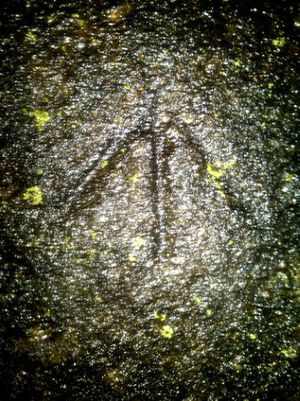
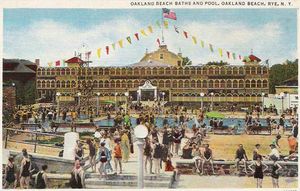
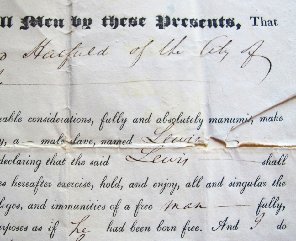
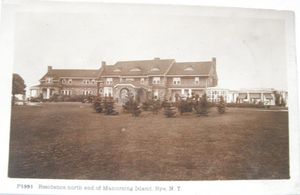
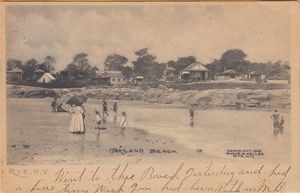

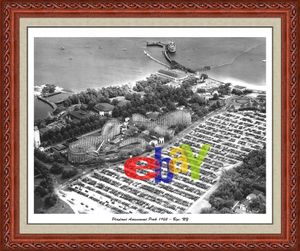
Very interesting. Thanks for sharing this.